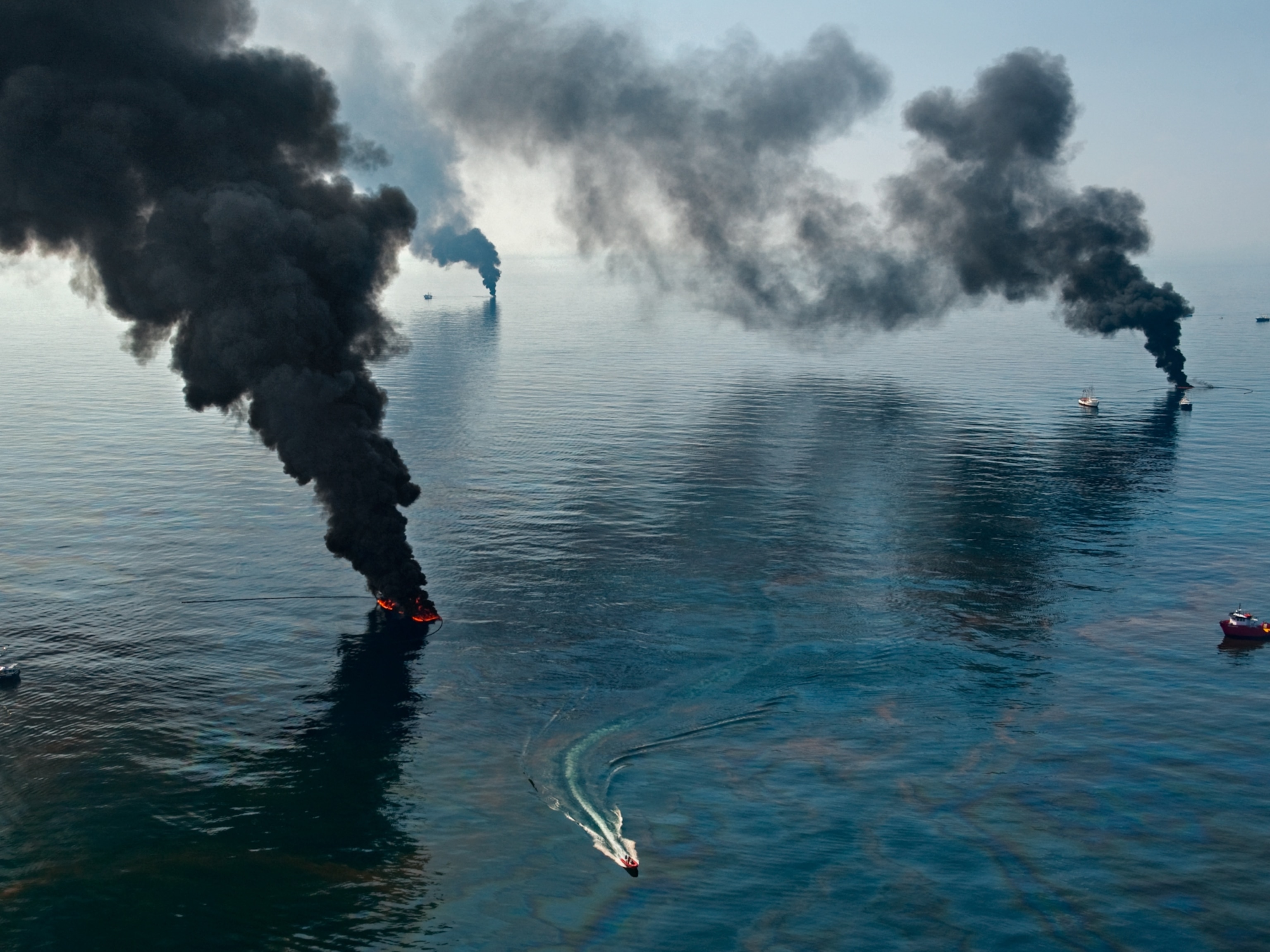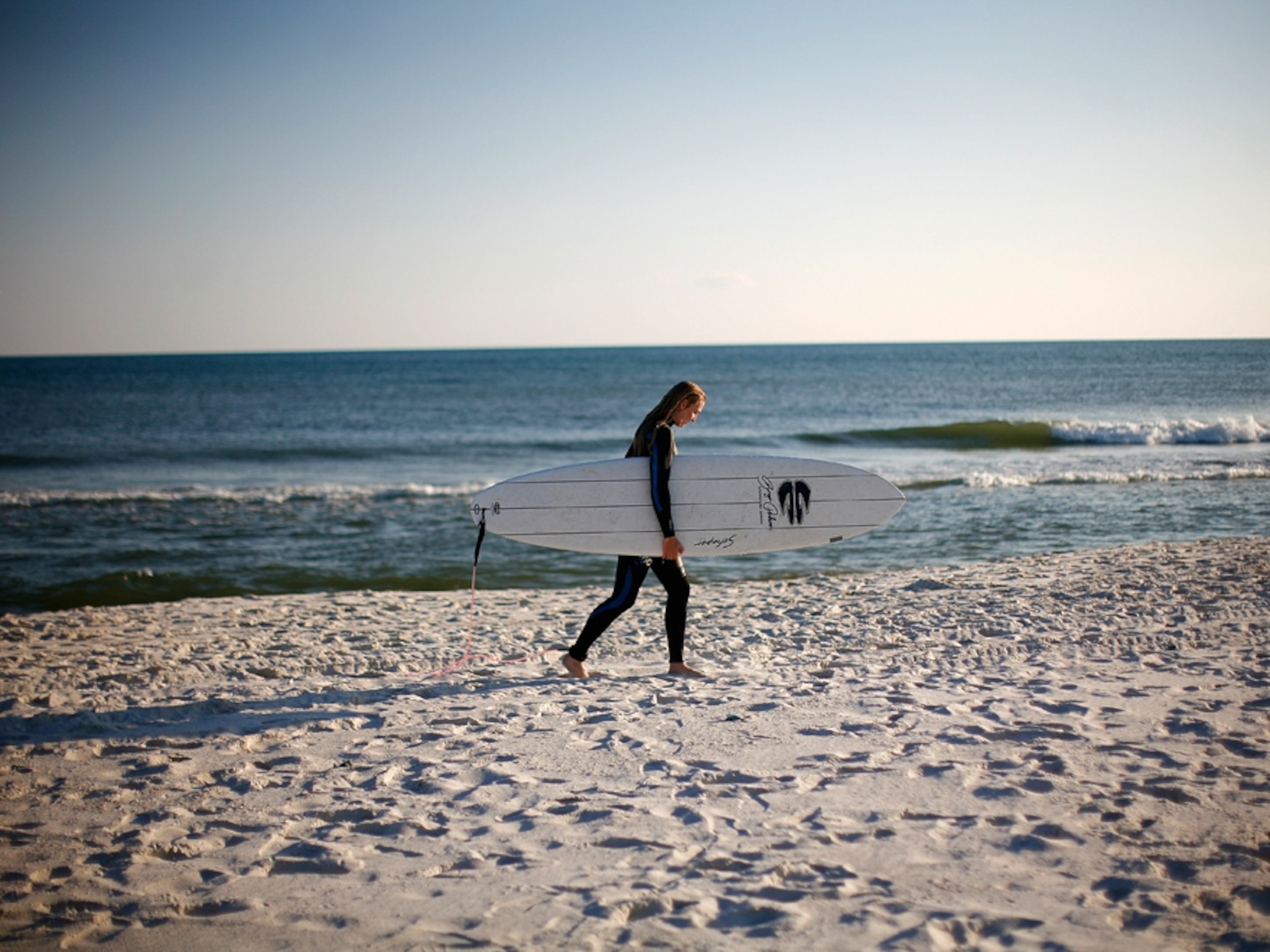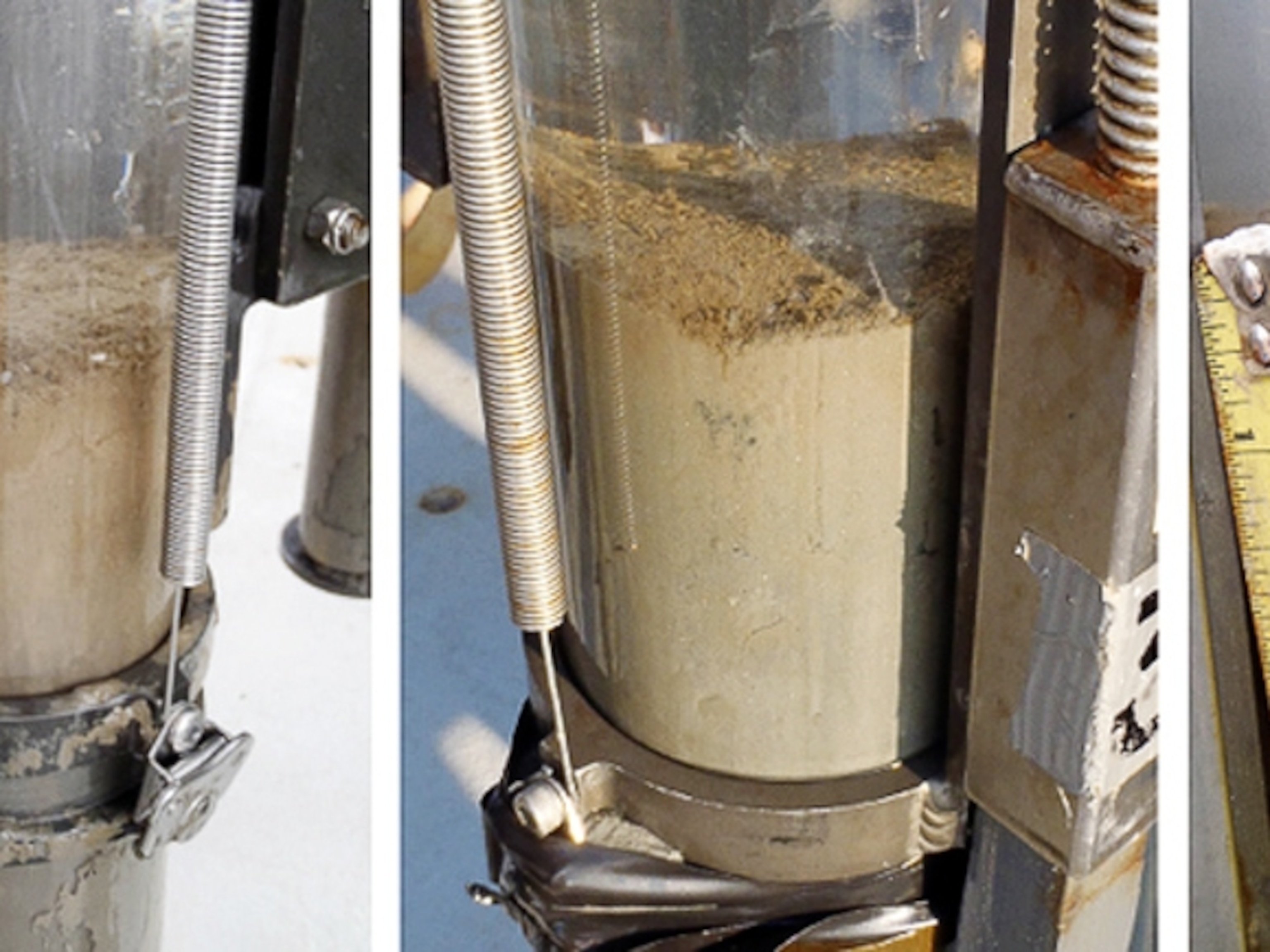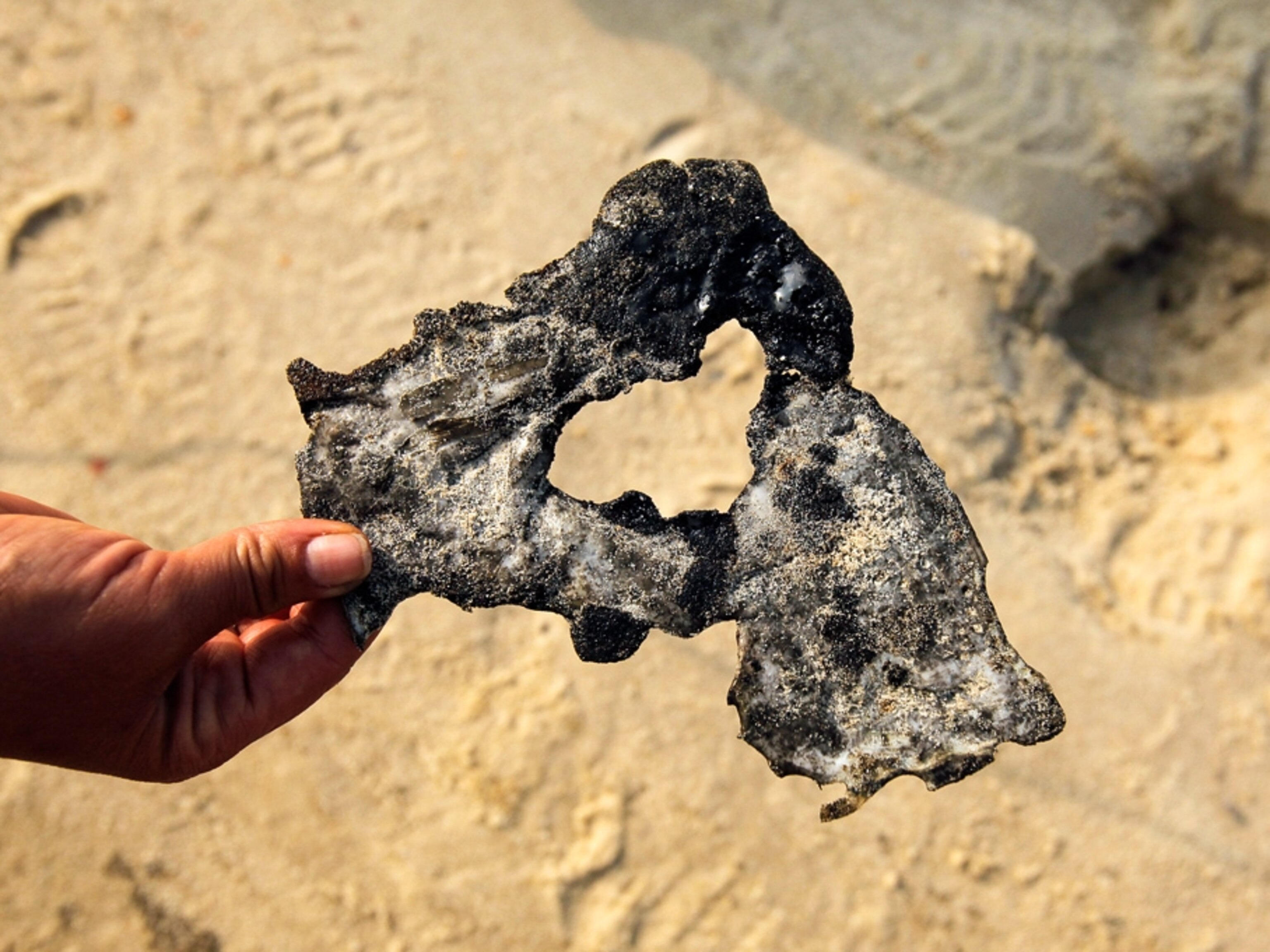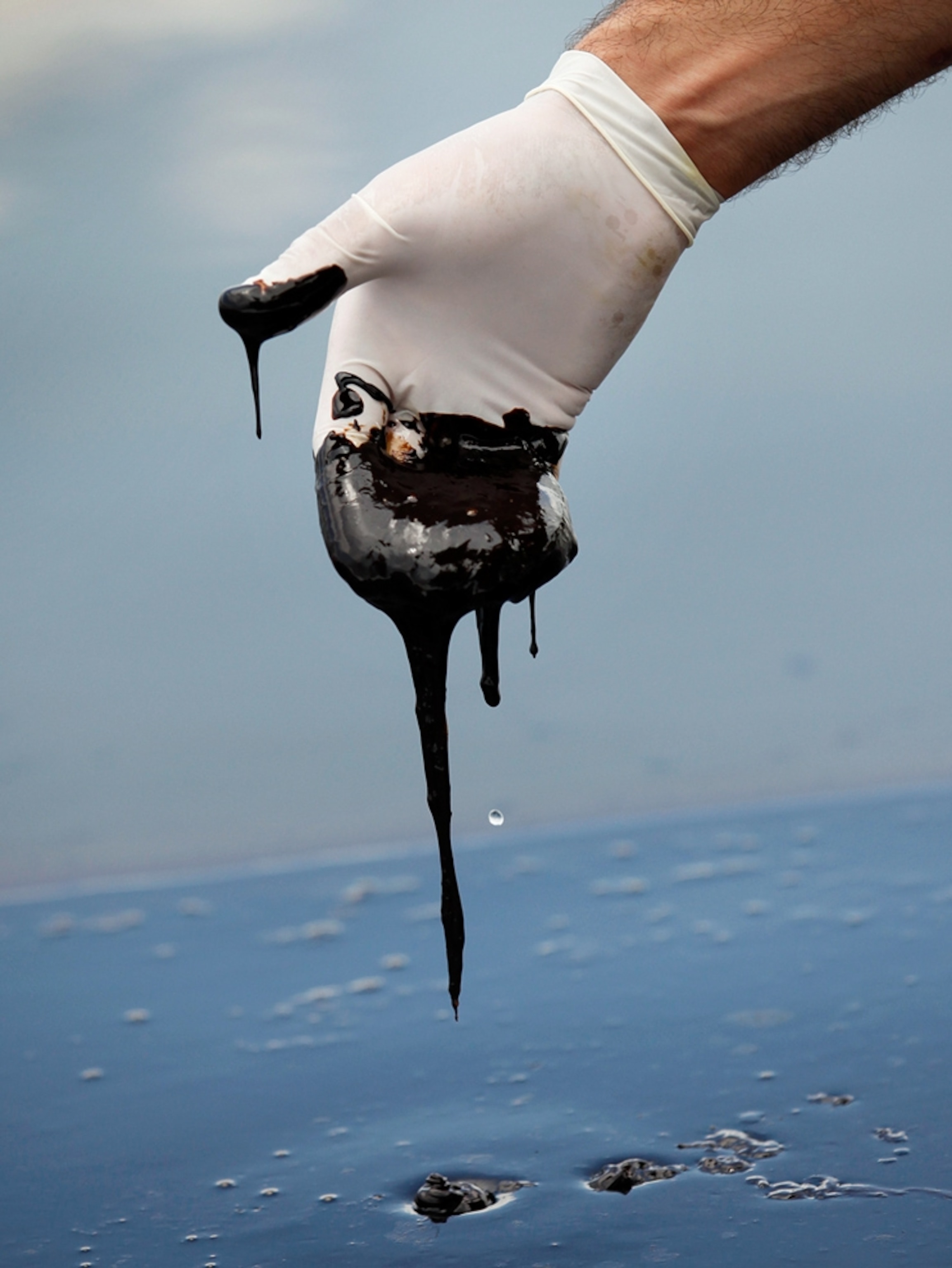
Gulf Oil Spill Anniversary: Resilience Amid Unknowns
Nature bouncing back, but Gulf economy still faltering.
On the first anniversary of the Gulf oil spill, scientists caution that it could take years to understand the full scope of the disaster. (See photos of the Gulf oil spill in National Geographic magazine.)
But many are encouraged because the damage could have been far worse—and nature is already showing signs of resilience.
On April 20, 2010, a massive explosion rocked the Transocean oil rig Deepwater Horizon, a state-of-the art mobile offshore drilling platform at work on a well in the Gulf of Mexico. Eleven workers were killed by the blast and survivors had just minutes to flee an inferno that would soon burn and sink the rig.
The accident unleashed a torrent of oil that began roaring from an underground Macondo reservoir into the Gulf waters. During the first few frantic days of the BP crisis that became the worst offshore oil spill in U.S. history, experts had a hard time determining what was happening—much less what the spill's ultimate environmental and economic consequences might be.
(See satellite pictures of the Gulf oil spill's evolution.)
As people around the world fixated on oil spewing from a pipe 1 mile (1.6 kilometers) beneath the Gulf's surface, scientists clambered to discern just how much was gushing out. Estimates climbed from 1,000 barrels a day to 12,000 barrels to 62,000 barrels a day. Even less certain was how the damaged wellhead would finally be plugged—and for a while, people feared the leak could continue for years. Authorities finally capped it in July.
A spill that started with the tragic loss of life soon wrought major environmental devastation over huge region of the Gulf. Disturbing images appeared daily of oiled wildlife, iridescent surface slicks, overwhelmed cleanup workers, fouled beaches, burning oil fires, and blackened wetlands.
The damage from nearly five million barrels of oil was very real, yet many expert predictions missed their marks. Hurricanes didn't drive enormous quantities of oil ashore, giant dead zones didn't materialize, and oil didn't round the tip of Florida to rocket up the East Coast via the Gulf Stream. Fisheries now appear poised to rebound instead of suffering the barren years or decades some feared. And Mother Nature had her own surprises in store, showcasing an ability to fight back against the spill and, later, to bounce back from the damage—at least in the short-term.
But anyone hoping to close the books on the Macondo debacle after a calendar year is truly missing the boat. Uncertainty still reigns among those trying to come to grips with the spill's ultimate legacy. Even the final fate of all that oil is a matter of some debate—though the gooey crude still clings to some shorelines, where it will be visible for years to come.
That's why scientists stress patience and taking the long view. Not all of the oil's ecological impacts are obvious, and the Gulf of Mexico (map) is a very big place. Experts are still watching, waiting, and trying to determine how the spill may affect the many layers of life in the Gulf—even though the effects might not manifest for years.
As Christopher Reddy, a marine chemist who has been tracking the spill since the beginning, said: We just can't put the Gulf of Mexico in an MRI. And even if we could, you wouldn't get the results back in a couple of days—or even by the one-year anniversary."
But Deepwater Horizon's most obvious legacy is immediate and enduring: It took a heavy toll among those who depend on the Gulf. Fishing boats dry-docked due to lower demand for seafood and fewer tourists on Gulf shores reveal just how much people in the region depend on a healthy Gulf environment—and how much we all stand to lose if it's ruined.
Editor's note: A previous version of this story incorrectly called the Deepwater Horizon oil spill the worst in U.S. history. At 5 million barrels, it was the worst U.S. offshore spill, but on land it was surpassed by the Lakeview gusher in 1910 and 1911, which spilled 9.4 million barrels of oil in California's San Joaquin valley.

